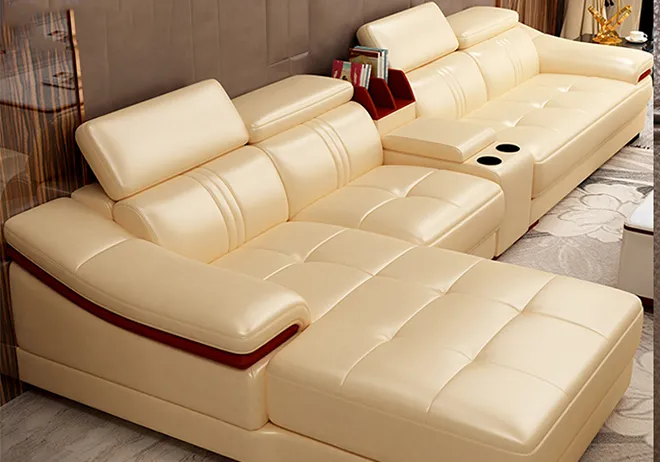Advanced Automatic Cutting and Sewing Machine for Enhanced Fabric Processing Efficiency
The Evolution and Impact of Automatic Cutting Sewing Machines
In the ever-evolving world of textile manufacturing, efficiency and precision are paramount. One of the most significant technological advancements in this sector has been the introduction of automatic cutting sewing machines. These machines have revolutionized the way garments are produced, drastically increasing productivity while maintaining high standards of quality. This article explores the evolution, advantages, and future prospects of automatic cutting sewing machines in the textile industry.
The Evolution of Cutting and Sewing Technologies
Historically, the garment manufacturing process was labor-intensive and relied heavily on manual skills. Tailors would cut fabrics and sew garments by hand, spending significant time perfecting each piece. As demand for clothing surged, especially during the Industrial Revolution, the need for more efficient production methods became apparent.
The first major innovation was the sewing machine, invented in the 19th century. This device significantly reduced the time required to sew clothing pieces together. However, cutting fabric was still predominantly done by hand. It wasn't until the late 20th century that the industry began to embrace automation in both cutting and sewing processes. The development of computer-aided design (CAD) software and automated cutting machines paved the way for a new era of garment production.
Advantages of Automatic Cutting Machines
Automatic cutting sewing machines offer several advantages over traditional methods. Firstly, they significantly improve accuracy. With advanced technology, these machines can cut multiple layers of fabric with precision, reducing fabric waste and ensuring that each piece is identical. This consistency is crucial in large-scale production, where variations can lead to costly errors.
Secondly, the speed of production has increased dramatically. Automatic cutting machines can process large quantities of fabric in a fraction of the time it would take for manual labor. This efficiency not only helps manufacturers meet tight deadlines but also reduces labor costs, allowing companies to allocate resources more effectively.
Moreover, these machines enhance the overall workflow in factories. Automatic systems can be integrated with digital design tools, allowing designers to quickly translate their concepts into production-ready patterns. This seamless transition from design to cut is a game-changer for the industry, enabling faster turnaround times and more flexibility in responding to market trends.
automatic cutting sewing machine

The Environmental Impact
Another noteworthy aspect of automatic cutting sewing machines is their potential for reducing the environmental impact of clothing production. Traditional cutting methods often result in high levels of fabric waste. In contrast, modern cutting machines employ sophisticated algorithms to optimize layouts and minimize waste material. This not only benefits manufacturers financially, but it also aligns with the growing demand for sustainable practices in the fashion industry.
Challenges and Future Prospects
Despite their many advantages, the widespread adoption of automatic cutting sewing machines is not without challenges. The initial investment in these technologies can be substantial, making it difficult for smaller manufacturers to compete. Additionally, there is a learning curve associated with operating these advanced machines, requiring training and adaptation among the workforce.
Looking ahead, the future of automatic cutting sewing machines appears promising. As technology continues to advance, these machines are expected to become even more efficient and user-friendly. Innovations such as artificial intelligence (AI) and machine learning are likely to enhance automation, allowing for more intelligent fabric handling and cutting solutions.
Furthermore, as sustainability becomes a core focus within the industry, manufacturers will increasingly seek technologies that minimize environmental footprints. Automatic cutting machines that optimize material usage will play a crucial role in this transformation.
Conclusion
In conclusion, automatic cutting sewing machines represent a significant leap forward in textile manufacturing. They enhance efficiency, accuracy, and sustainability, positioning manufacturers to better meet the demands of an ever-changing market. As technology continues to evolve, these machines will undoubtedly play an essential role in shaping the future of the fashion industry, paving the way for more innovative and responsible production methods.
-
Leather Sewing Machine: The Industrial Standard for Tough MaterialsNewsJul.18,2025
-
Sail Making Machine: Heavy-Duty Stitching for Industrial and Marine NeedsNewsJul.18,2025
-
Sling Sewing Machine: The Backbone of Heavy-Duty FabricationNewsJul.18,2025
-
Leather Sewing Machine: Precision for Heavy-Duty StitchingNewsJul.18,2025
-
Big Bag Sewing Machine: Powering the Future of Bulk PackagingNewsJul.18,2025
-
FIBC Sewing Machine: Essential Equipment for Bulk Bag ProductionNewsJul.18,2025
-
Heavy Duty Leather Sewing Machine: A Must-Have for Professional LeatherworkNewsMay.28,2025





























